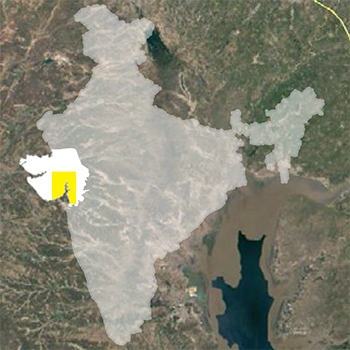In an act of civil disobedience against the British rule of India and their misappropriation of power, Mahatma Gandhi and 81 fellow satyagrahis marched from Sabarmati to Dandi in Gujarat, breaking the salt law that criminalised domestic manufacture of salt.
The event is often presented as a textual and other media-rich narrative (documentaries, films, and books). The wealth of data available in March has so far not been presented as a narrative. This project has an exploratory focus on such a data-centric narrative, aspiring to enable a fresh perspective on March.
Through an interactive data visualisation employing numerical and other data (a historical timeline on salt taxes, distances covered, halts, crowds attending meetings, number of women, donations from various groups, and analysis of the content of Gandhi’s speeches along the way), the project proposes a retelling of this historic event in a data-centric narrative to communicate the feelings of nationalistic pride and highlight the significance and rich historical context of the March.
The project, deployed as an interactive website, is shared online, and people are invited to interact with the data. The evaluation takes into account observations, feedback, and suggestions for improvement from the visitors, gauging the impact and fine-tuning the experience.



